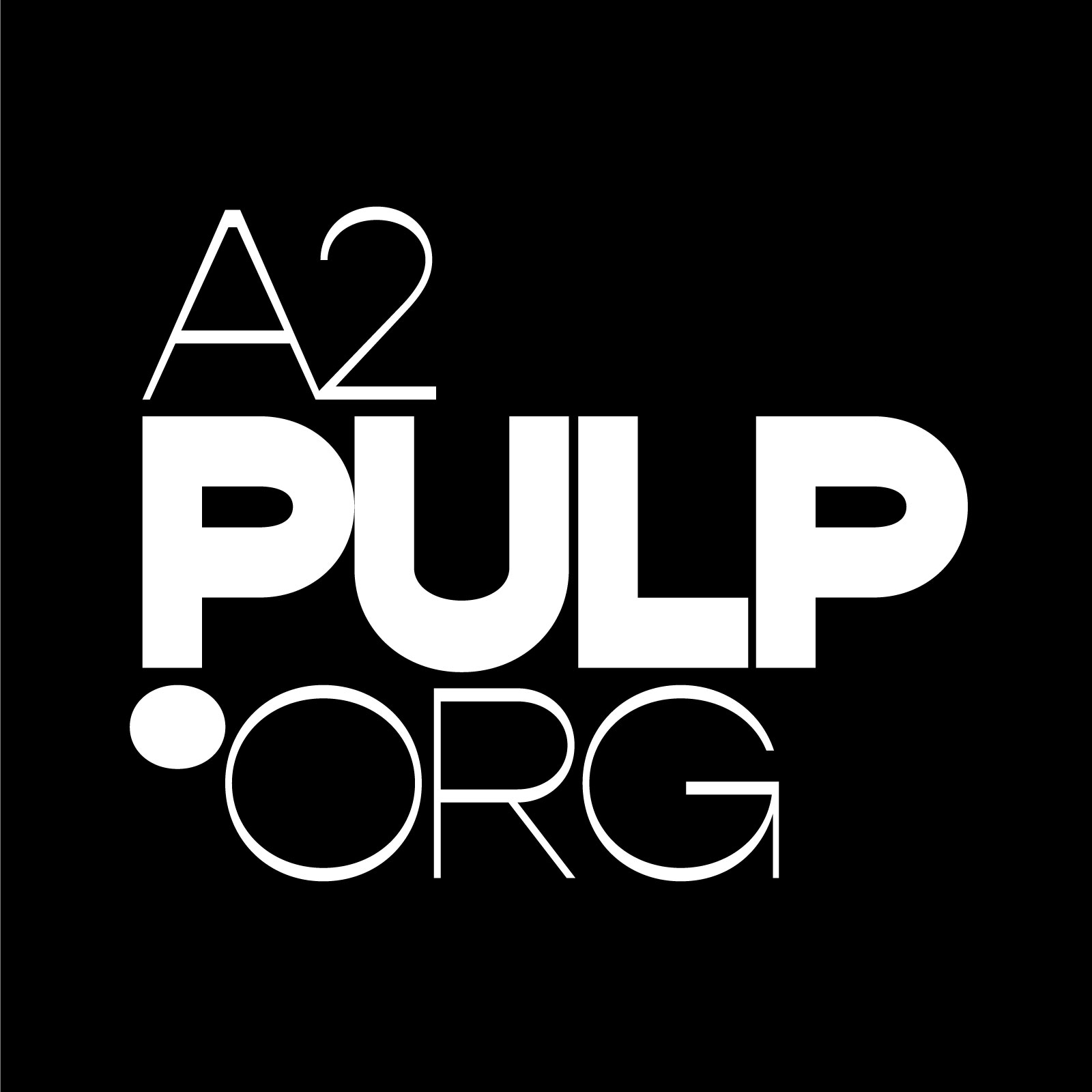AAFF 2017 | Music Focus: "Tony Conrad: Completely in the Present" & more
Tony Conrad: Completely in the Present
Feature in Competition | Music
For a man who was a paragon for expanding the paradigms of what constitutes art, music, and film, the subject of Tyler Hubby’s documentary Tony Conrad: Completely in the Present looks like any other rumpled khakis-and-button-down-shirt-wearing older professor. But when Conrad opens his mouth and the words begin to tumble out, his flowing imagination, sense of mischief, and singular view of the world make him anything but a tenured bore.
After graduating with a degree in mathematics from Harvard in 1962 and working as a computer programmer for a year, Conrad spent the rest of his life rebelling against anything as structured as those disciplines.
“He’s definitely got issues with authority,” says Tony Oursler, an artist and frequent Conrad collaborator.
In 1964, Conrad became a member of the pioneering group Theatre of Eternal Music, aka The Dream Syndicate. “I think one of the accomplishments of the group I worked with,” Conrad says in the film, “with John Cale and La Monte Young and Angus Maclise and Marian Zazeela was the inauguration of a minimal sensibility in music.”
“It was this very reductive process where they’d just settle on a few microtonal intervals,” says Jeff Hunt of the Table of the Elements record label in the film. “They’re playing very precise pitches for a very, very long time. It’s physically grueling.”
But soon after the group disbanded, Conrad turned his attention to experimental film, the more aleatory the better. “This logic was not recognizable to audiences,” Conrad says in the doc about his fractured narratives, “and I thought, ‘Excellent! Good.’” He would go on to film himself cooking film, and eventually reduced the definition of “film” to anything you’d see in front of you. For instance, Conrad would paint a yellow square and call it a film.
“I don’t think he’s an easy artist to take,” Oursler says in the movie. “He’s done a lot of stuff against the grain.”
Even his closest pals didn’t always understand Conrad’s quirky contradictions, which were as much about eliciting a reaction as they were about creating a finished document. He spent one period painting corkboard with underwear pinned to it to address aging issues, such as incontinence. His art friends were aghast; Conrad was delighted with their reaction.
After leaving Theatre of Eternal Music, Conrad rarely made music for the next two decades. He spent his time making art and movies as well as teaching media at the University of New York - Buffalo, a fertile ground for the avant-garde in the 1970s and '80s. It wasn’t until Table of the Elements reintroduced Conrad’s mostly forgotten music to the public that his genius could be heard by a wider audience with the label’s 1993 release of 1973’s Outside the Dream Syndicate, an album made with krautrock icons Faust.
“The drones that he would create, I found them to be very calming,” says musician Moby in the movie. “Like, you could feel your metabolism sort of sinking and slowing down in a really nice way.”
Table of the Elements also released a 1964 recording called Four Violins (1996), which is one of the few tapes Conrad had from his Eternal Music days. It features Conrad overdubbing himself with four violins to create a discordant drone that was later heard in The Velvet Underground’s “Heroin,” courtesy his old bandmate and VU co-founder John Cale.
Otherwise, Young recorded all the Dream Syndicate’s practices and performances between 1963-65 and refused to release anything, leaving this music to the dustbin of history until courts said all the members were equal owners. In 2000, Table of the Elements released the CD Inside the Dream Syndicate, Volume I: Day of Niagara (1965). That album and Four Violins helped rewrite modern music history and Conrad’s central place in it.
Tony Conrad: Completely in the Present does a wonderful job of not only tracing Conrad’s influence on the avant-garde, it also shows him to be witty, playful, provocative, and funny into his 70s. At one point in the film, Conrad is standing on a sidewalk, and later in the middle of an intersection, directing a piece of “music” by calling out the cars and trucks that are about to fly, acting like a conductor does when it's time for the violins to rush in. “Now I need a truck -- there it is! ... No, I didn’t ask for a motorcycle!”
Conrad died April 9, 2016, age 76, and this documentary is a meaningful memorial to a man who, to the end, lived up to this quote in the film: “I resisted all ideas of professionalism.” March 26, 12:00pm "> Michigan Theater Screening Room
More Music films:
A Page of Madness
Special Program | Asian Focus | Music
Silent movies in America were accompanied by live music, but they relied on the film’s intertitle cards to convey dialogue and plot developments. But in Japan, silent movies were shown alongside a benshi, a performer versed in the kabuki and Noh theater traditions, who would voice dialogue, read the intertitle cards (if there were any), and made comments about the on-screen action. Tonight’s screening of Teinosuke Kinugasa’s 1926 avant-garde film about a janitor in an insane asylum will feature benshi Kataoka Ichiro with live music by Little Bang Theory, the Detroit trio that specializes in silent-movie accompaniment using toy and tiny instruments. March 22, 9:30pm | Michigan Theater Main Auditorium
Short Films in Competition 11: Music Videos
Shorts Program | Music
Compared to MTV’s heyday, music videos have lost their elite status in pop culture. But they are still regular parts of promoting a musician’s vision thanks to the internet, and videos have continued to be vital art forms even if they’re not shown on TV much anymore. Long-time concert promoter Greg Baise curated the 18 videos here, which run the gamut from Lightning Bolt’s animated headbanger “The Metal East” (directed by Lale Westvind) to director David Chontos’s short film “Sisters,” whose b&w dreamscape is soundtracked by the bleak electronica of Fever Ray. March 25, 7:00pm | Lorch Hall
Christopher Porter is a Library Technician and editor of Pulp.
➥ Return to "AAFF 2017 | A Guide to the 55th Ann Arbor Film Festival" for a full list of our coverage.


































